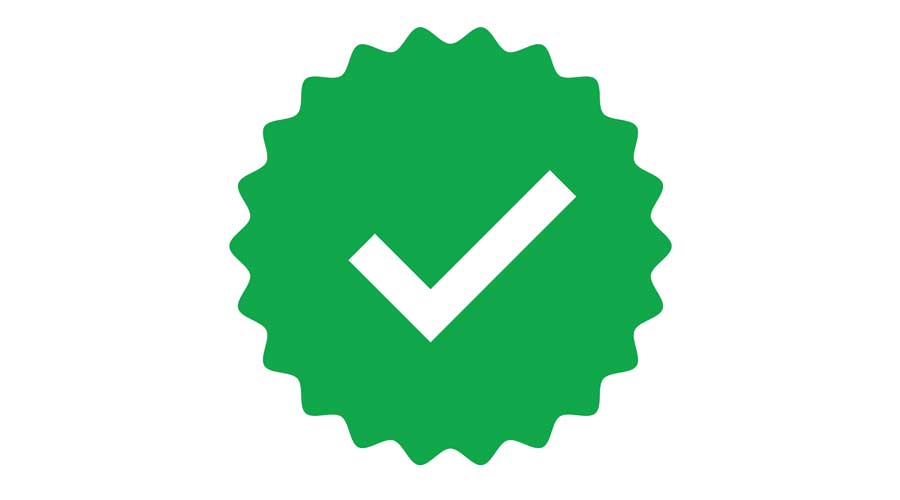
According to a recent study by ESOMAR-certified market research, robotic vacuum cleaners market is expected to surpass a valuation of US$ 3.5 Billion in 2021. It is also expected to exhibit a compound annual growth rate (CAGR) of over 14.5 percent through 2031.
In the last few years, vacuum cleaner technology has advanced significantly. Because of their ability to clean an area without requiring human participation, robotic vacuum cleaners sales are surging at a high pace. Additional features of robotic vacuum cleaners include rotating brushes, mopping, and UV sterilization. Some are designed to efficiently perform cleaning tasks. To offer greater efficiency and high performance, manufacturers are integrating robotic vacuum cleaners with security cameras, intercom systems, and other functions.
Robotic vacuum cleaners are a result of technological advancements enabled by artificial intelligence (AI) and the internet of things (IoT). They can be programmed and operated remotely to execute their cleaning tasks and they are clever enough to do it with minimal human intervention. With their advanced technologies, robots are playing an increasingly essential role in modern society, making human life easier and more comfortable.
Market players are concentrating on producing more technologically advanced robotic vacuum cleaners using cutting-edge technology such as artificial intelligence (AI) (Artificial intelligence). Samsung Electronics, for example, released an AI robot vacuum cleaner in 2021 that has improved object identification and operation performance due to artificial intelligence (AI) technology.
Key Takeaways from the Robotic Vacuum Cleaners Market Study
- In terms of mode of charging, auto battery charging type accounts for 70.9 percent of the total robotic vacuum cleaners market share in 2021.
- The US is a key market in North America, accounting for 91.5 percent of robotic vacuum cleaners sales in the region in 2021.
- The U.K. will emerge as a highly lucrative market within Europe, exhibiting 7.5 percent percent CAGR.
The COVID-19 outbreak had a wide-ranging impact, including the closure of all non-essential businesses and retailers, leading to a loss of corporate confidence, heightened public worry, and future uncertainty. It has spread indiscriminately over the world, resulting in a hazardous indoor atmosphere. The production rate of these vacuum cleaners had fallen dramatically all over the world as a result of the sudden shutdown of manufacturing factories. Restrictions imposed hampered sales as well as international export and import.
Furthermore, the COVID-19 created new opportunities for robotic vacuum cleaner manufacturers. Due to the need for cleanliness and hygiene in business spaces, industry players saw higher sales of robot vacuums beginning at the second quarter of 2020.
Additionally, according to International Federation of Robotics sales value for robots has increased by 32 percent to USD 11.2 billion and the recent Covid-19 pandemic is further expected to boost the market.
Big Winners of Market Growth
Leading manufacturers of robotic vacuum cleaners are focused on aggressive promotional strategies, advertisements, and new product launches that have driven sales growth of robotic vacuum cleaners globally. Major players present in the robotic vacuum cleaners market are iRobot Corporation, LG Electronics, Robert Bosch GmbH, Samsung Corporation, Dyson Ltd., and more.
The report in-full on the projections of the market and capabilities of robotic vacuum cleaners is available here.

 The Down and Dirty on Cleaning in Virus Season
The Down and Dirty on Cleaning in Virus Season How Surfactant Use is Expanding in Commercial Cleaning
How Surfactant Use is Expanding in Commercial Cleaning